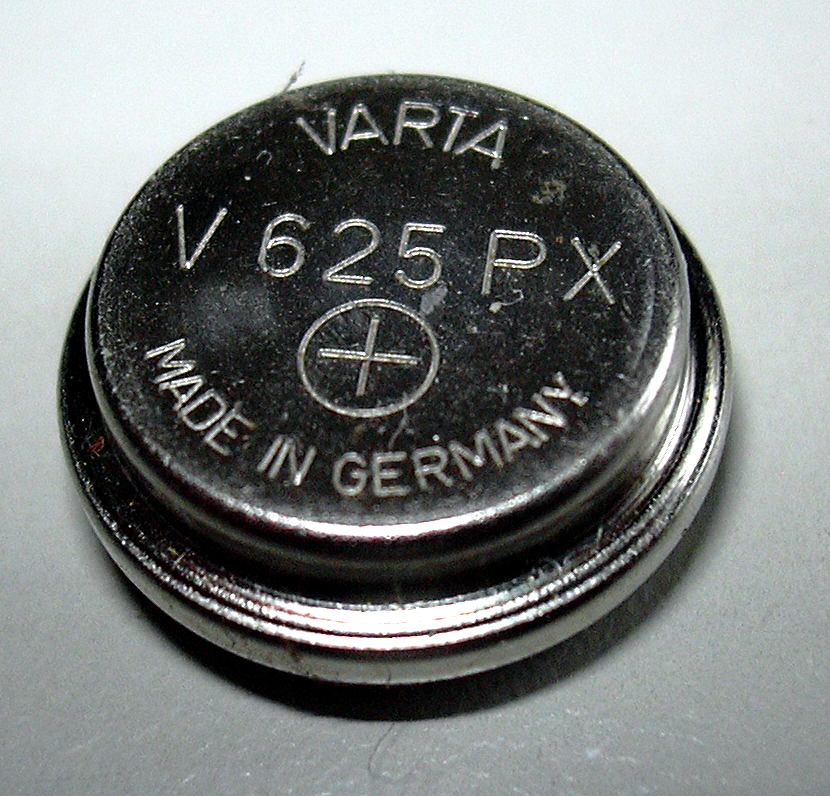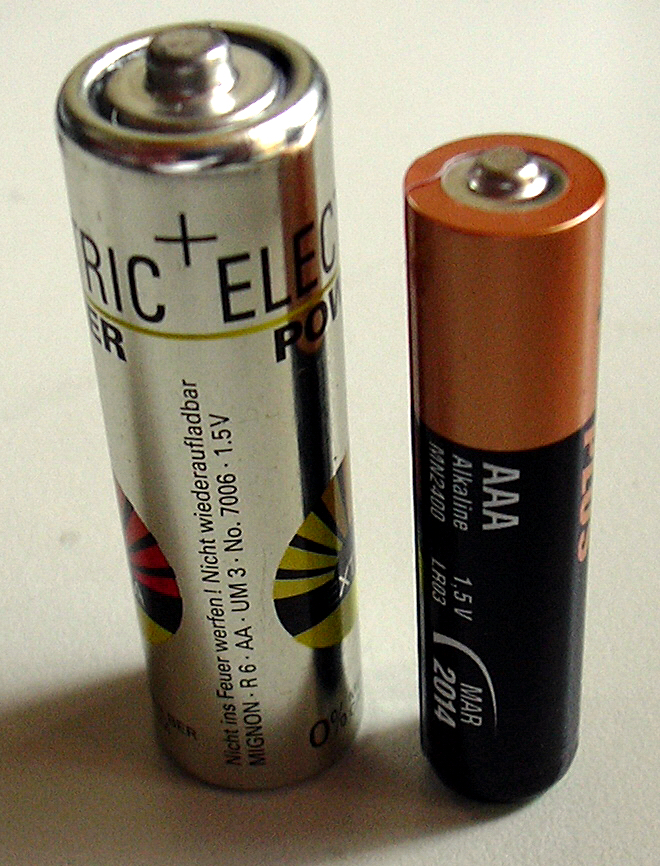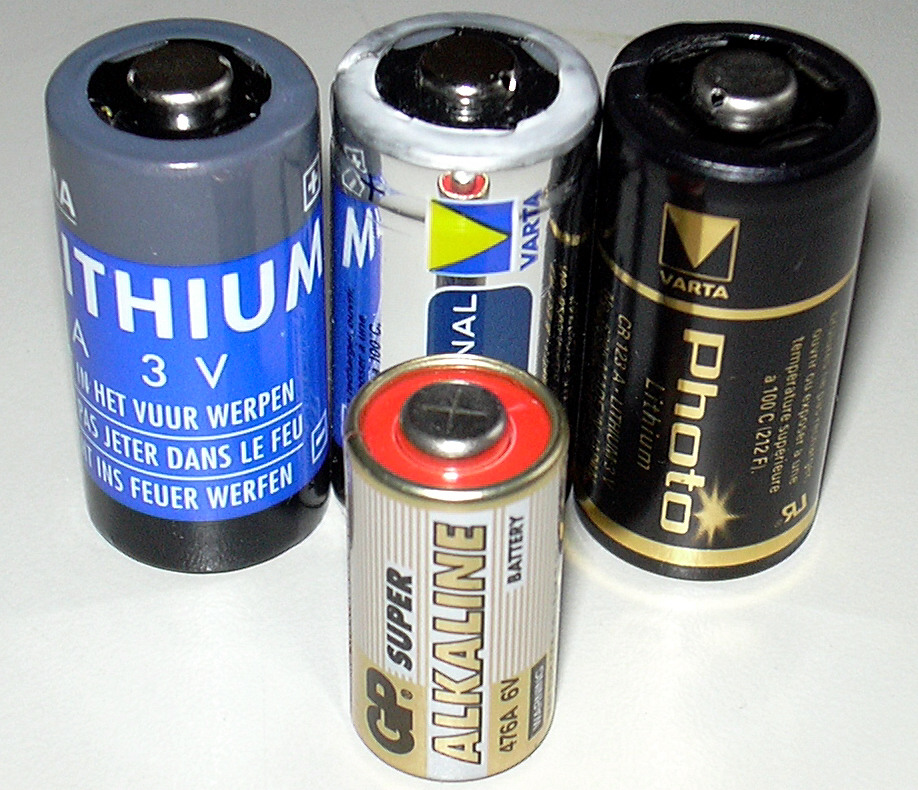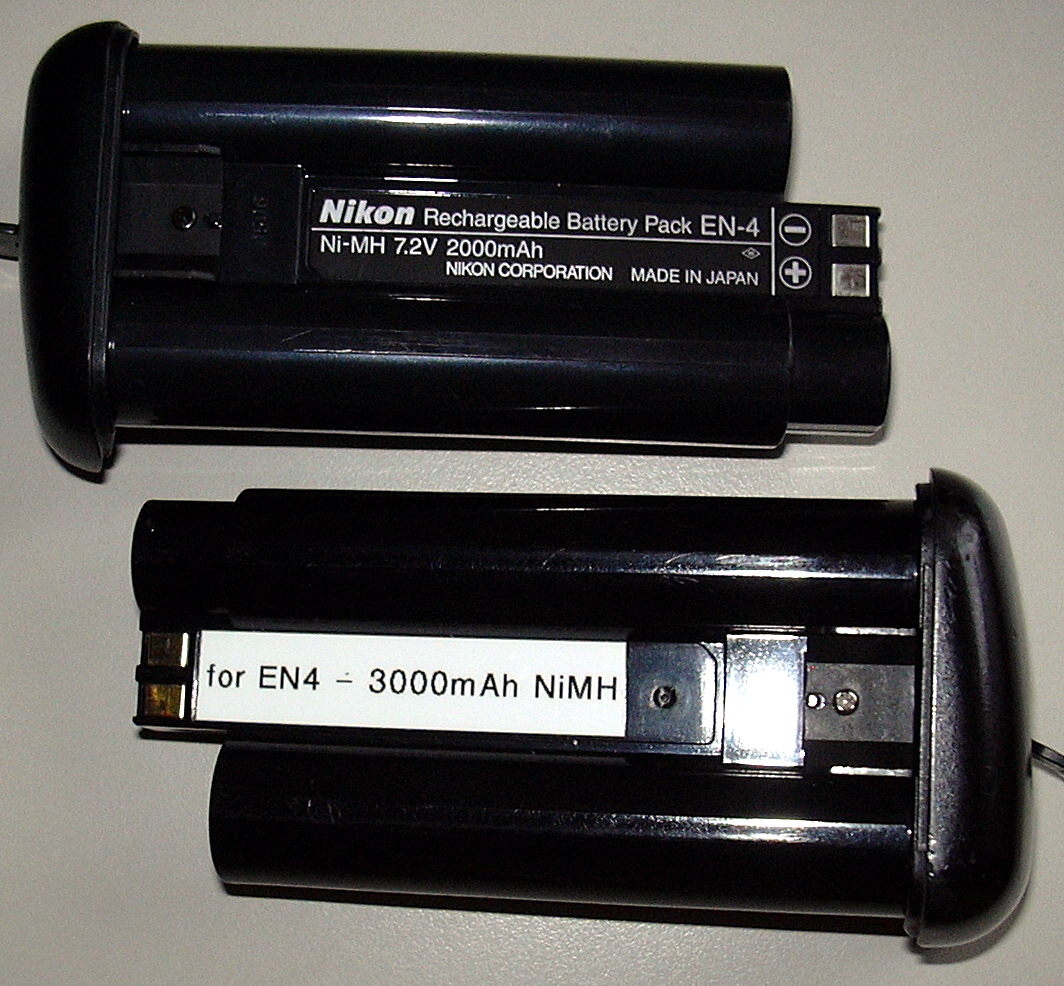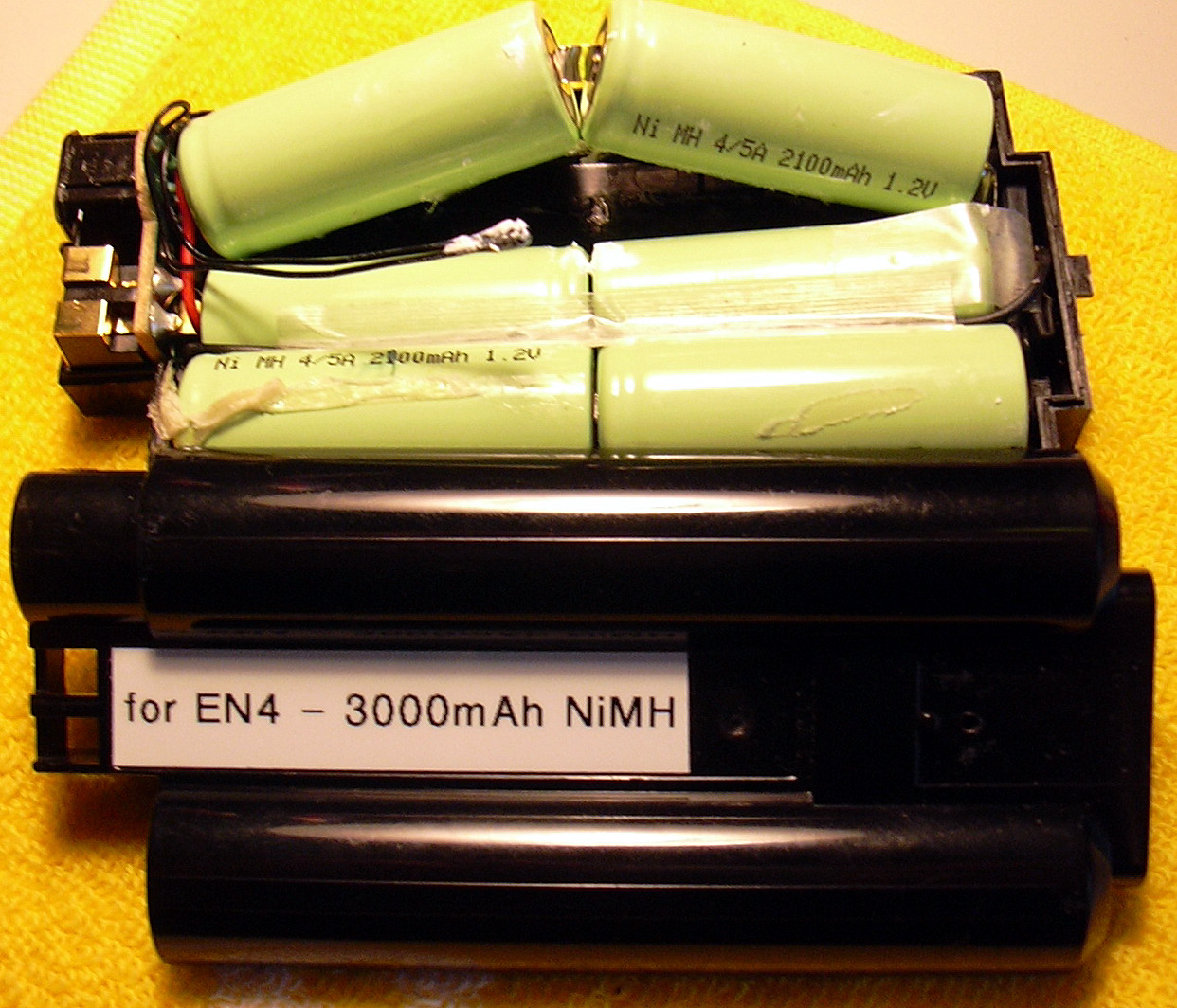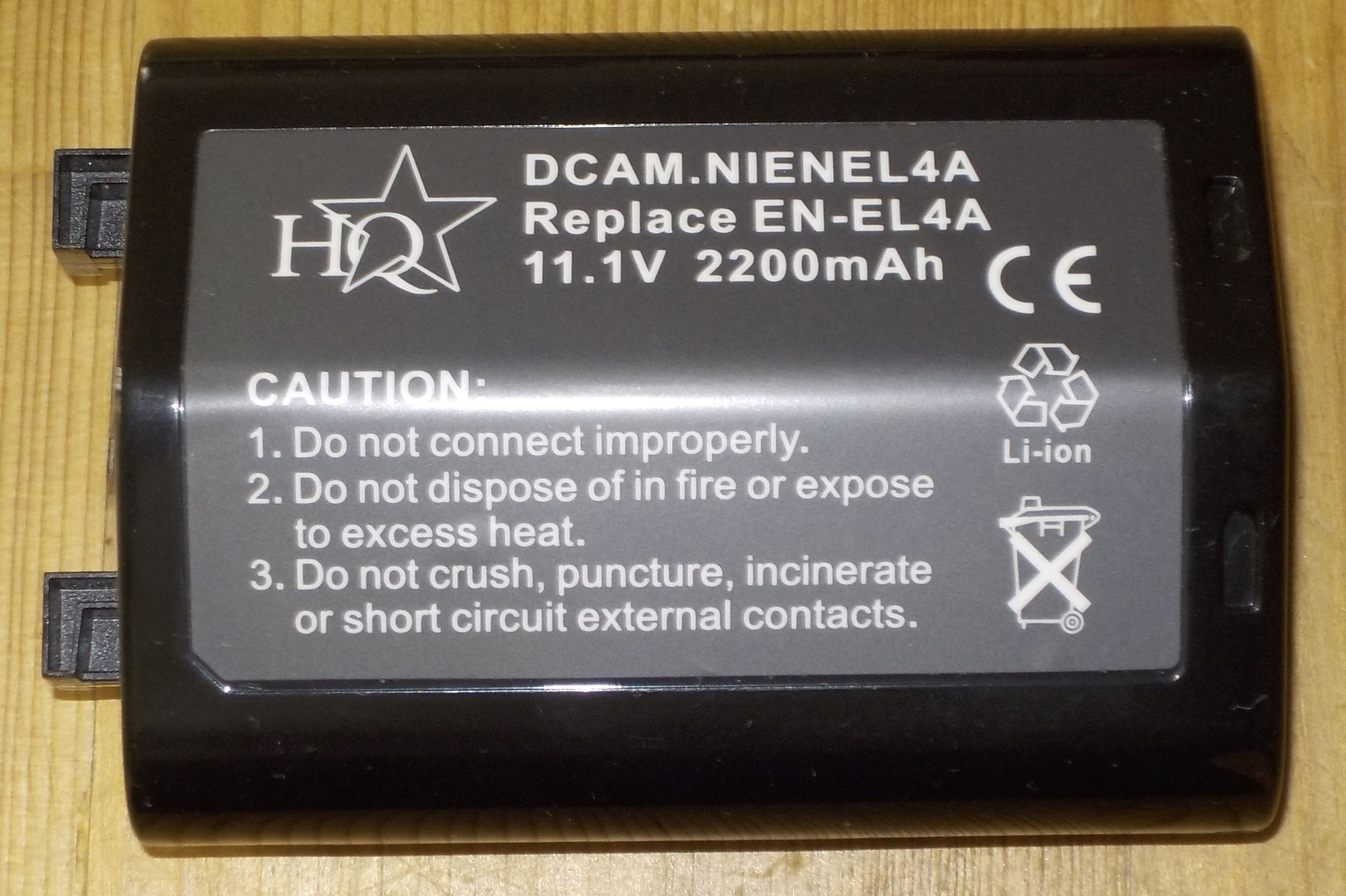All about batteries(including fake Nikon batteries - scroll down)
Although the Italian physicist Count Alessandro Volta (1745 - 1827) invented the battery ("voltaic pile") already back in 1800, many scientists are racking their brains over an efficient way to store large amounts of electricity. A satisfying solution still has to be found. In the early days of photography all cameras were mechanical devices. With the introduction of electronic shutters and flashlights the photographer had to turn to the battery. Note: be aware that Nikon will not accept damages to its devices when used with non-Nikon batteries! No guarantees!
CW: LR20, LR14, 6LR61, CR123A, CR2, LR6 (AA), LR03 (AAA), LR44, CR2016, CR2032, PX625, CR1220 As soon as Nikon Corporation introduced its first electronic camera, motor drive and flashlights batteries were needed. Unfortunately not all devices are using the same sized batteries. For nearly all cameras different batteries were/are offered by Nikon. Although recently the well-known Nikon EL-15 battery can be used in more than just one camera.
This PX625 mercuric oxide coin type cell had to be used (for centuries) in most exposure meters (aka Photomic) and cameras with a built-in exposure meter (Nikkormats, etc.). This 1.35 Volt battery was - however - banned since September 1992 because of its toxic mercury (aka quicksilver) content. 'Clean' replacement batteries are offered but with a different voltage. The most common (and cheapest) replacement is the A625PX alkaline button cell (aka V625U - IEC code: LR9). BUT: like all alkaline cells its voltage is not stable. It drifts down from 1.5 Volt towards 1.35 Volt. Which means that you have to adjust your exposure meter by as much as 2 f-stops. The S625PX silver oxide button cell produces a constant 1.55 Volt, which is too much, so you have to adjust your exposure meter, too! Another PX625 replacement is a zinc air battery. The WeinCELL MRB625 is a custom zinc/air battery designed to replace banned mercury batteries. WeinCELLs deliver the same 1.35 V voltage and stability of output as did the mercury PX625 battery, so there is no need to adjust your exposure. Possibly the 'Rolls Royce' of replacements is the MR-9 adapter fitted with a silver oxide 386 cell. The MR-9 adapter is the shape and size of a PX625 cell, has a recess into which a 1.55V silver oxide 386 cell can be dropped and contains voltage regulating electronics to drop the voltage to match the 1.35V of the original mercury cell. The MR-9 adapter is expensive, but it can be reused time and time again with inexpensive silver oxide 386 cells. Over time you may find the MR-9 adapter will actually save you money over the other options.
In 1947 the well-known AA-battery (above left) was standardized by ANSI (American National Standards Institute). This battery was/is commonly used in many cameras, flashlights, power packs and motor drives. The best and ´cleanest´ non-rechargeable AA-battery is the alkaline version. It has a constant power (better than in button cells) and lasts long. There are also rechargeable AA-batteries, containing nickel-cadmium (NiCd or NiCad) or nickel-metal hydride (NiMH), but their voltage is lower (1.2 V), which may cause problems. A little sister of the AA-battery is the AAA-battery (above right), which is used by Nikon as well (i.e. Nikon MD-E).
In many Nikon compact cameras, some Nikon auto focus SLR´s, Nikon Coolpix cameras and Nikon Flashlights the relatively expensive CR123A lithium cells (see above) are used. Availability in rural areas may be a problem as well. The CR123A lithium primary battery is available in a rechargeable lithium-polymer version, but here you have to be aware of a different voltage (3.6V), too. In most professional SLR cameras, like the Nikon F4, F5, F6 and the D-series Nikon used and is using heavy rechargeable batteries. Unfortunately not all batteries are the same. When using more than one camera you have to stock several batteries. Even worse is the fact that chargers and net adapters are made for the use of one camera only! Some original Nikon batteries are relatively expensive, thus opening the market for manufacturers of similar power packs.
When Nikon Corporation introduced its Nikon D1 digital SLR camera in 1999 it was powered by the Nikon EN-4 battery pack (see above). The 2 years later introduced Nikon D1X and Nikon D1H were/are using the same battery. The EN-4 became useless - however - when taking pictures with an upgraded Nikon D1X. After a mere 50 shots the battery was empty! A stronger (and much cheaper) battery was easy to find (see above). It remains a mystery why Nikon Corporation never came with a stronger power pack and/or introduced an universal power pack.
On the other hand we have to be careful to make use of batteries that have not been tested on Nikon cameras, flashlights, etc. The amount of voltage may cause problems and cheaper batteries may not be well protected against leaking. The example above shows you that the promised 3000mAh of the fake EN4 battery is in fact nothing more than the original offers.
Above a 'battery' (for Nikon D2, D3 and others) that is offered for less than € 20.-- It wont hold a charge for 30 hours and recharge with the original Nikon charger is impossible. So be carefull in buying this junk!! As mentioned above the Nikon EL-15 battery (see above left) is or can be used in many Nikon cameras. So Nikon had/has to produce a relatively high number of them. Other battery producers stepped into that market and are offering batteries with even the same product code, but in a dubious quality. Be aware that the use of these fake batteries are not covered by the guarantee offered by Nikon! will be continued!!!
|
